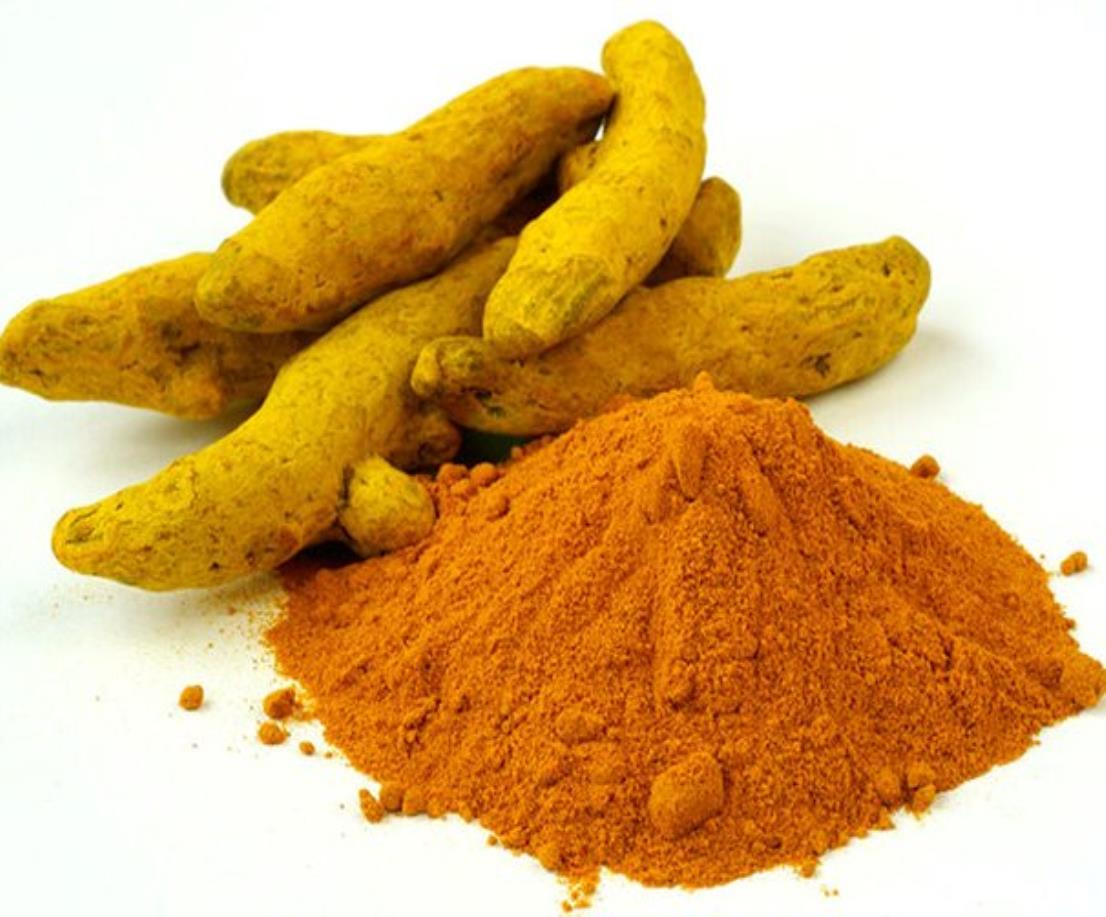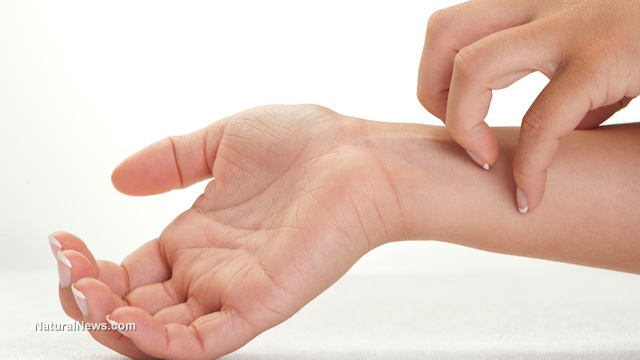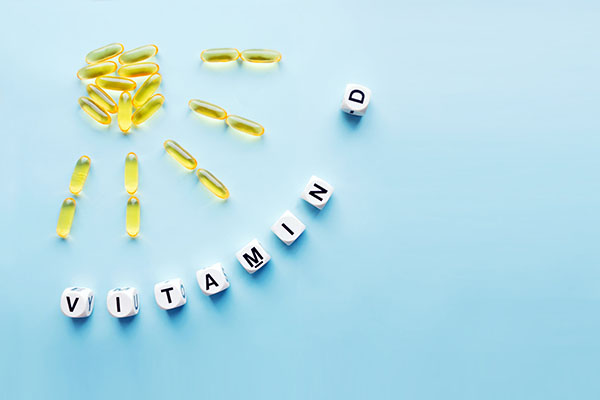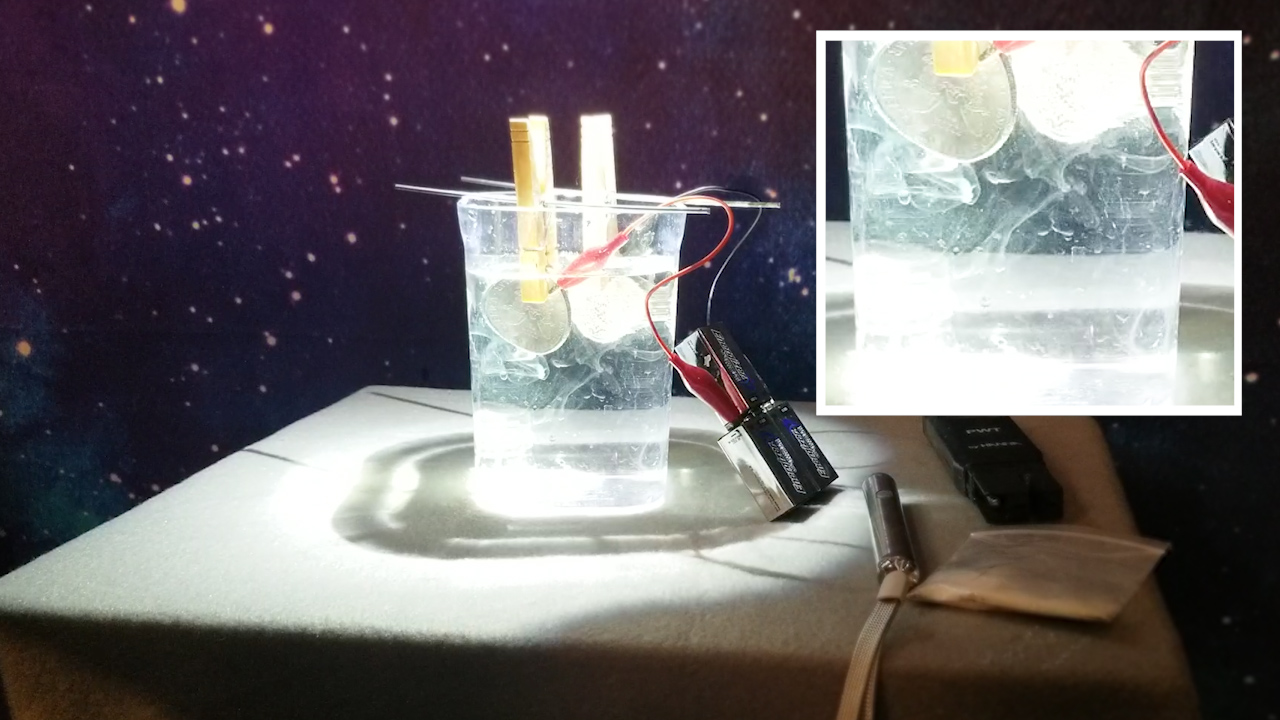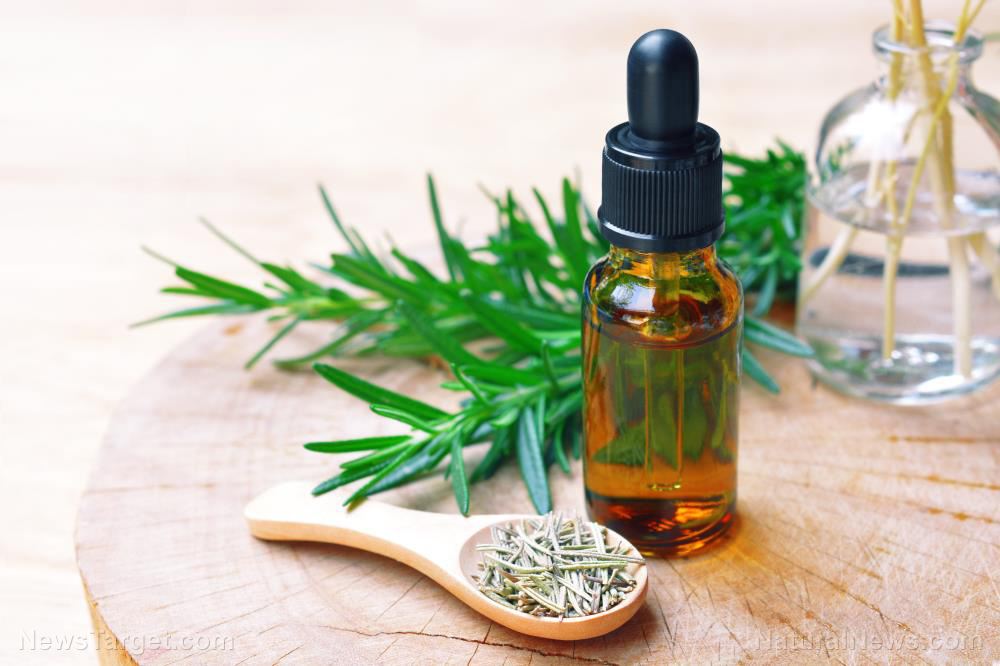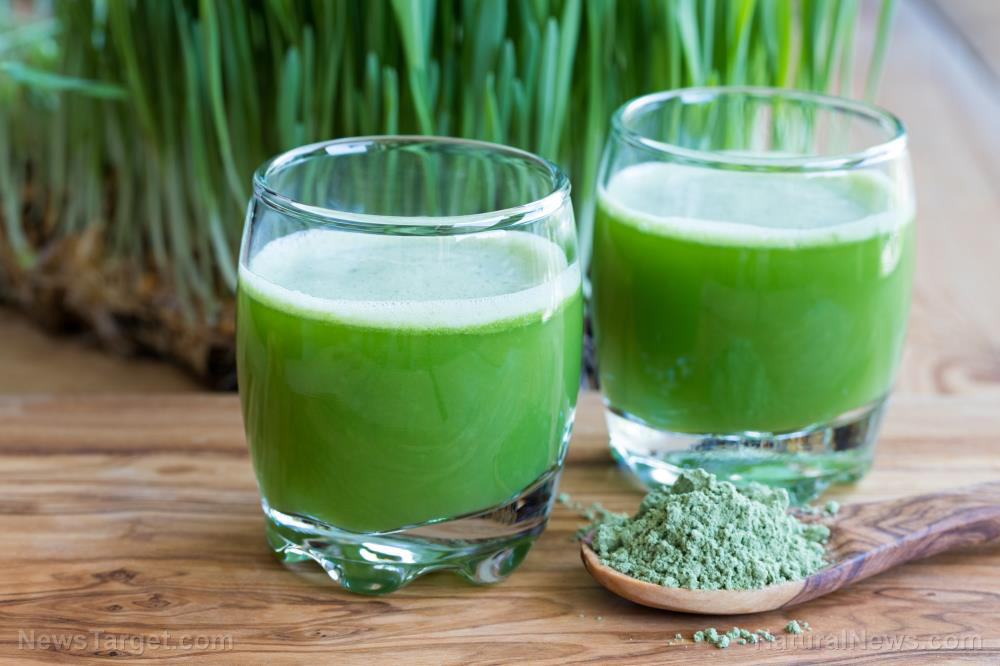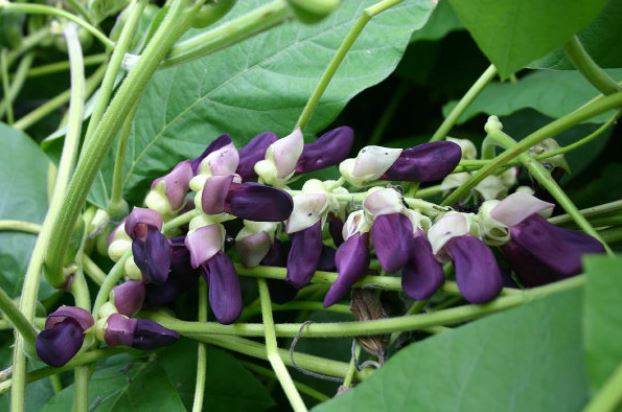Natural healing: 6 Superfoods that can help relieve headaches
02/15/2023 / By Zoey Sky

People of all ages suffer from headaches, whether it’s a low-grade tension headache or a debilitating migraine. If you suffer from chronic headaches and are hesitant to take over-the-counter medications that often cause negative side effects, try natural remedies and superfoods like ginger or yogurt.
What causes headaches?
Headaches have many causes. Factors like colds and other seasonal illnesses, changes in sleep patterns, insomnia, stress, travel and interrupted routines can cause one.
Some headaches like debilitating migraines can also be hereditary.
Headaches can also be triggered by eating certain foods. But some foods and drinks can help relieve and reduce the occurrence of headaches.
Coffee
Caffeine is considered a valuable and safe option for relieving headaches.
In a 2012 study published in The Journal of Headache and Pain, researchers reported that a mix of 1,000 mg of paracetamol and 130 mg of caffeine was as effective and as safe as 50 mg of oral sumatriptan when treating headaches.
In a different study published in the journal Nature in July 2020, results showed that caffeine is safe and effective when treating acute migraine and pairing it with painkillers.
But scientists warn that drinking too much coffee may lead to chronic migraine and sudden caffeine withdrawal may cause migraine attacks. If you suffer from migraines, closely monitor your caffeine intake and avoid exceeding 200 mg per day.
Flaxseed
Studies on the link between diet and headaches revealed that increasing daily intake of omega-3 fatty acids benefits headaches and may even help prevent migraines.
Seafood is a traditional dietary source of omega-3 fatty acids. But if you are vegan, you can try flaxseed as a plant-based source of omega-3s.
Flaxseed is one of the best plant sources of omega-3 fatty acid alpha-linolenic acid. If you suffer from constant headaches, try flaxseed to improve your symptoms.
If you haven’t tried flaxseed yet, keep in mind that it is not for everyone.
Flaxseed has anticoagulant properties so avoid it if you are:
- Lactating
- Pregnant
- Have surgical and intestinal inflammation
Ginger
Ginger has been used as an ingredient in traditional Chinese medicine for 2,000 years. It is also a common medicinal ingredient in Indian and Arabic medicine.
In a 2018 study by the International Headache Society published by Sage Journals, scientists discovered that adding ginger extract to routine treatment of acute migraine can “significantly reduce pain more effectively than conventional therapy alone.”
In another 2014 study published in the journal Phytotherapy Research, findings showed that the benefits of ginger powder are similar to the common migraine drug sumatriptan. However, ginger had fewer side effects.
Peppermint
In a 2019 study published in the International Journal of Preventive Medicine, researchers reported that more than 70 percent of patients experienced headache relief after using nasal drops of oil with a concentration of 1.5 percent peppermint.
Additionally, 42 percent of the patients felt a significant reduction in headaches. Almost 50 percent of the participants reported that their headaches subsided within five minutes of using the peppermint nasal drops.
In a 2012 study published in the International Journal of Clinical Practice, findings showed that applying a 10 percent menthol solution to the forehead and temples could effectively relieve pain and nausea. The study also revealed that the menthol solution was a safe and effective treatment option for migraine. (Related: 10 Possible triggers of an afternoon headache.)
Plain yogurt
Plain yogurt is full of vitamin B2 or riboflavin which helps reduce the number of migraine attacks in patients. Riboflavin is an essential nutrient that assists mitochondria in human cells to generate energy.
In a randomized controlled trial, volunteers who were given 400 mg of riboflavin, 600 mg of magnesium, 150 mg of coenzyme Q10 and multivitamins for three months reported that their migraine symptoms improved.
Pumpkin seeds and magnesium-rich foods
Several journals identified links between magnesium deficiency and mild to moderate tension headaches and migraines.
According to double-blind random placebo control trials, magnesium can effectively help relieve headaches. In several countries, medical guidelines recommend oral magnesium when treating headaches.
Magnesium also has a role in neuromuscular function and neurotransmission. The nutrient helps prevent neurons from overreacting, and balancing neurons may help prevent migraines.
Green leafy vegetables are also rich in magnesium, especially spinach. According to the U.S. Department of Agriculture (USDA), 100g of cooked spinach contains 87 mg of magnesium.
7 Things that might be causing your headache
If you’ve ruled out other causes like a cold or insomnia, here are seven other reasons you might have a headache:
Alcohol intake
Any kind of alcohol can trigger headaches. It is a common cause of cluster headaches and migraines. Some people often get headaches after drinking only a couple of ounces of red wine.
Experts have yet to find out if the alcohol itself is causing headaches or if another component in the drink causes the problem.
Caffeine withdrawal
If you normally consume caffeine in beverages like coffee or tea, going cold turkey may trigger a migraine.
This may be because caffeine makes blood vessels constrict. Without consuming caffeine, your blood vessels widen and bulge out with each heartbeat, which can cause the pounding pain of migraines.
Diet
Hunger can trigger a migraine or tension headache.
On the other hand, eating certain foods may trigger migraines. For some people, eating just one type of food, like beans or nuts, can cause migraines.
For others, many foods like avocados, bananas, cheese, chocolate, citrus, herring, dairy products and onions can cause migraines. According to experts, processed foods with monosodium glutamate, nitrates, nitrites, or yellow food dyes can be “especially problematic.”
Environment
Cluster headaches seem to be seasonal and people often experience them in the spring or fall.
According to researchers, something in the environment triggers cluster headaches but they have yet to figure out the exact cause. Environmental factors such as bright light, cold weather, humidity, intense scents, or smoke are linked to migraines.
Hormones
Changes in estrogen levels are linked to migraines in women and women suffer from migraines more often than men.
Menstrual cycles may be linked to migraines in younger women. Varying estrogen levels during perimenopause can sometimes trigger migraines in women who never experienced them before.
Estrogen therapy may also be a migraine trigger. Fortunately, menopause seems to end migraines in most women.
Lack of sleep
Not getting enough sleep can also cause migraines and tension headaches.
Experts don’t know why, but they think getting enough sleep can help relieve pain caused by headaches. Some people report feeling better after taking a nap.
Stress
Stress can cause tight muscles in your shoulders and neck, which can then cause tension headaches. It may start in your muscles, suggests experts.
If you often get tension headaches, the pain in your shoulder and neck muscles is interpreted by your brain as pain in your head. Stress is also a common migraine trigger.
If you suffer from frequent headaches, try drinking ginger tea or eating some pumpkin seeds to relieve your symptoms.
Visit NaturalCures.news to learn more about natural remedies for headaches and other minor complaints.
Watch the video below for a green juice recipe that can help relieve a headache or migraine.
This video is from the Natural Cures channel on Brighteon.com.
More related stories:
Acupuncture may improve standard treatments for chronic headache.
Tension headache? Hang on a minute, try these quick fixes.
Try these natural cures to ease migraines and headache pain.
Sources include:
Submit a correction >>
Tagged Under:
alternative medicine, coffee, flaxseed, functional foods, ginger, headaches, herbal medicine, Herbs, Magnesium, migraines, natural cures, natural healing, natural health, natural medicine, nutrients, pain relief, peppermint, pumpkin seeds, remedies, yogurt
This article may contain statements that reflect the opinion of the author
RECENT NEWS & ARTICLES
COPYRIGHT © 2017 CURES NEWS


